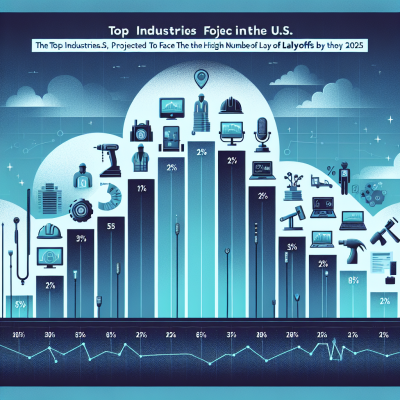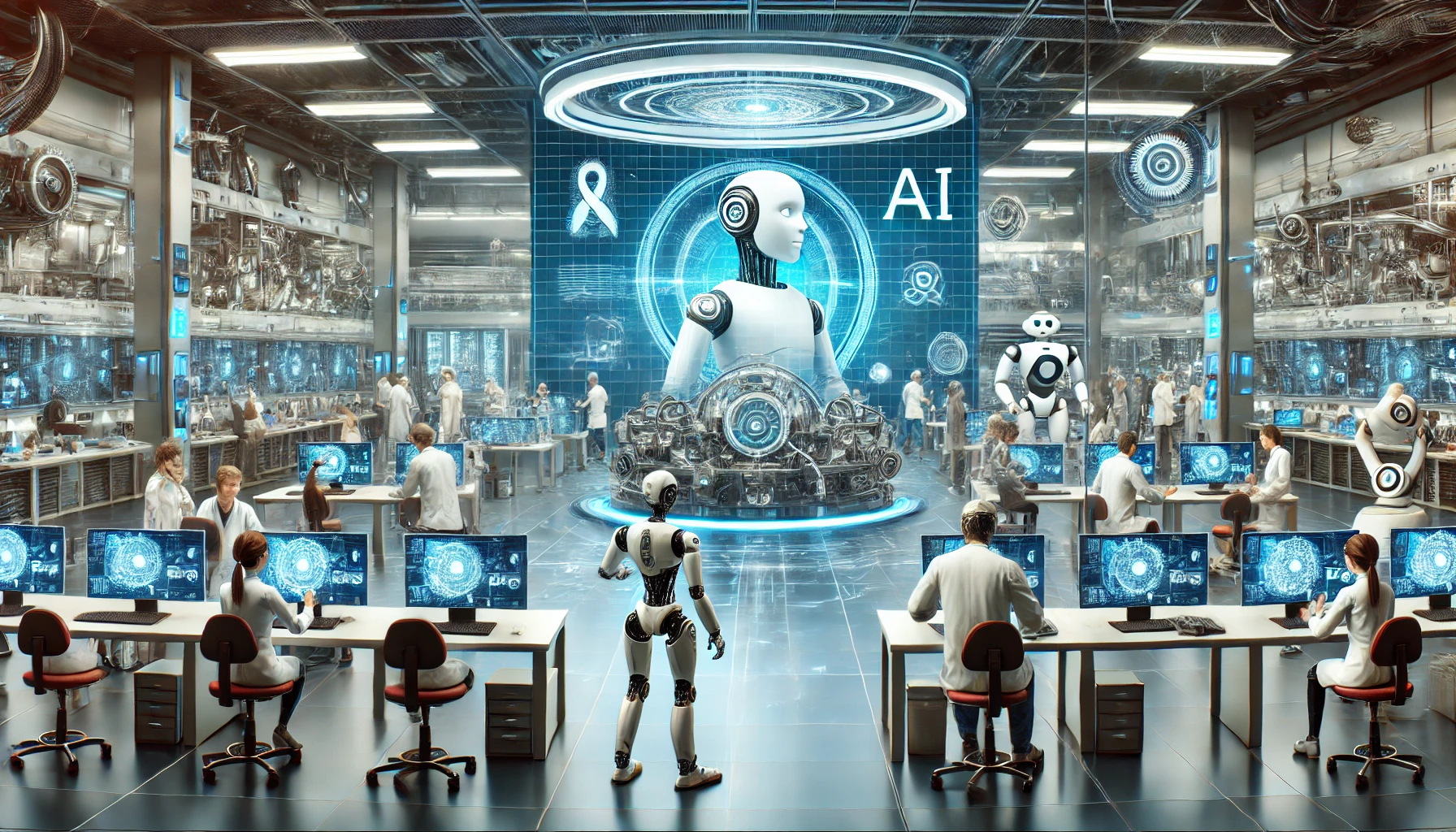
Introduction: A Turbulent Year for the U.S. Workforce
2025 has brought significant waves of change across the American workforce, and job cuts have taken center stage in several major industries. Tech giants like Microsoft, Amazon, and Intel have all announced sweeping layoffs, contributing to a nationwide trend that’s shaking up corporate America. This year’s data reveals critical insights into which industries are most affected, what’s fueling these mass layoffs, and what they mean for the broader economic landscape.
What’s Driving the Layoff Surge?
Several overlapping factors culminated in 2025’s massive layoffs. These include:
- Slower-than-expected economic growth: Post-pandemic recovery is beginning to plateau, and GDP gains are modest.
- Overexpansion during previous years: Many companies ramped up hiring in 2021–2023 in response to digital transformation trends and now face oversaturation in roles.
- Artificial intelligence and automation: The integration of AI tools has streamlined operations, but also displaced jobs deemed redundant.
- Investor pressure to cut costs: With stock performance top of mind, executives are prioritizing leaner business models.
Top U.S. Industries for Layoffs in 2025
According to Visual Capitalist’s breakdown, the following sectors have experienced the highest number of layoffs this year:
1. Technology – Still the Epicenter of Job Cuts
The tech sector continues to dominate layoff charts. Despite previous years of record profits and exponential growth, 2025 saw many tech leaders face declining returns and increasing operational costs.
Key Players Affected:
- Microsoft: Implemented several thousand job cuts, mainly in cloud services and marketing departments.
- Amazon: Continued restructuring its e-commerce and AWS divisions, impacting logistics and engineering roles.
- Intel: Reduced its workforce in response to a saturated semiconductor market and rising global competition.
Primary Layoff Reasons: Overhiring post-COVID, slow cloud growth, AI-led role automation, and declining profit margins.
2. Retail & E-Commerce – A Shift in Consumer Behavior
As inflation persists and consumer spending remains cautious, retail has taken a hit. Several large and mid-sized retailers have reduced headcount to maintain profitability.
Trends Behind the Cuts:
- Decreased in-store shopping foot traffic
- Higher operational costs and supply chain disruptions
- Shift towards AI-driven customer service and inventory systems
3. Media & Entertainment – The Streaming Bust
Following a content boom during the pandemic, streaming platforms and major media companies are now recalibrating. Slow subscriber growth and ad revenue declines have forced organizations like Disney, Netflix, and Warner Bros. Discovery to scale back.
Key Layoff Drivers:
- Expensive content creation without sufficient ROI
- Consolidation within studios and platforms
- Frequent restructuring of digital media units
4. Manufacturing – Automation and Global Pressures
While U.S. manufacturing had seen a resurgence in recent years due to reshoring efforts, 2025 has revealed new vulnerabilities. Increasing competition from Asia, automation, and fluctuating raw material prices have all played roles in layoffs across this sector.
Notable Changes:
- Plant closures in the Midwest
- Greater reliance on robotics and AI in production lines
- Decline in consumer demand for non-essential durable goods
5. Finance & Banking – Fintech Disruption
Traditional finance, including commercial banking and insurance institutions, faced headwinds as digital banking platforms grew in popularity. Legacy financial institutions are phasing out redundant roles in customer service, administration, and IT.
Key Issues:
- Digital-native customers shifting to online platforms
- Cost-cutting initiatives driven by margin compression
- Regulatory pressures and market volatility
The Role of AI and Automation in Workforce Displacement
One of the biggest undercurrents driving layoffs in 2025 is the accelerated adoption of artificial intelligence. Particularly in tech, media, and finance sectors, automation has significantly reduced the need for human input in repetitive or analytical tasks.
Examples of Impact:
- Chatbots replacing customer service representatives
- AI-driven code generators reducing the need for entry-level developers
- Machine learning algorithms taking over data analysis jobs in marketing and finance
The Human and Economic Impact
Beyond the corporate headlines, the real impact is being felt by tens of thousands of workers who find themselves suddenly without employment. Layoffs do not just affect individual livelihoods; they also ripple through communities and drive broader economic consequences.
- Increased demand for unemployment benefits
- Reduced consumer spending
- Rising demand for job retraining and workforce support services
In many cities, layoffs are also spurring local governments to invest in education, upskilling, and small business development to counteract the economic drag.
Looking Ahead: Is Job Stability on the Horizon?
Although the first half of 2025 has been tough for many industries, there are glimmers of hope. Some sectors, such as healthcare, clean energy, and cybersecurity, remain strong and continue hiring aggressively. Moreover, federal and state governments are beginning to step in with measures aimed at promoting economic resilience and supporting the displaced workforce.
Potential Growth Areas in 2025 and Beyond:
- Renewable energy – Wind, solar, and EV infrastructure continue to expand, requiring skilled labor.
- AI & cybersecurity – Even as AI displaces jobs, it also creates new roles in oversight and development.
- Healthcare – Aging populations and post-pandemic exhaustion have left demand for healthcare professionals higher than ever.
Conclusion: Adaptive Strategies for a Shifting Workforce
The landscape of employment in the United States is undergoing a significant transformation. Layoffs in 2025 have highlighted the importance for workers and businesses alike to remain agile, embrace technological shifts, and invest in continuous learning. While tough, this wave of restructuring may ultimately lead to a leaner, more efficient economy—one that is better prepared for the challenges and opportunities of the AI-powered future.


Leave a Reply